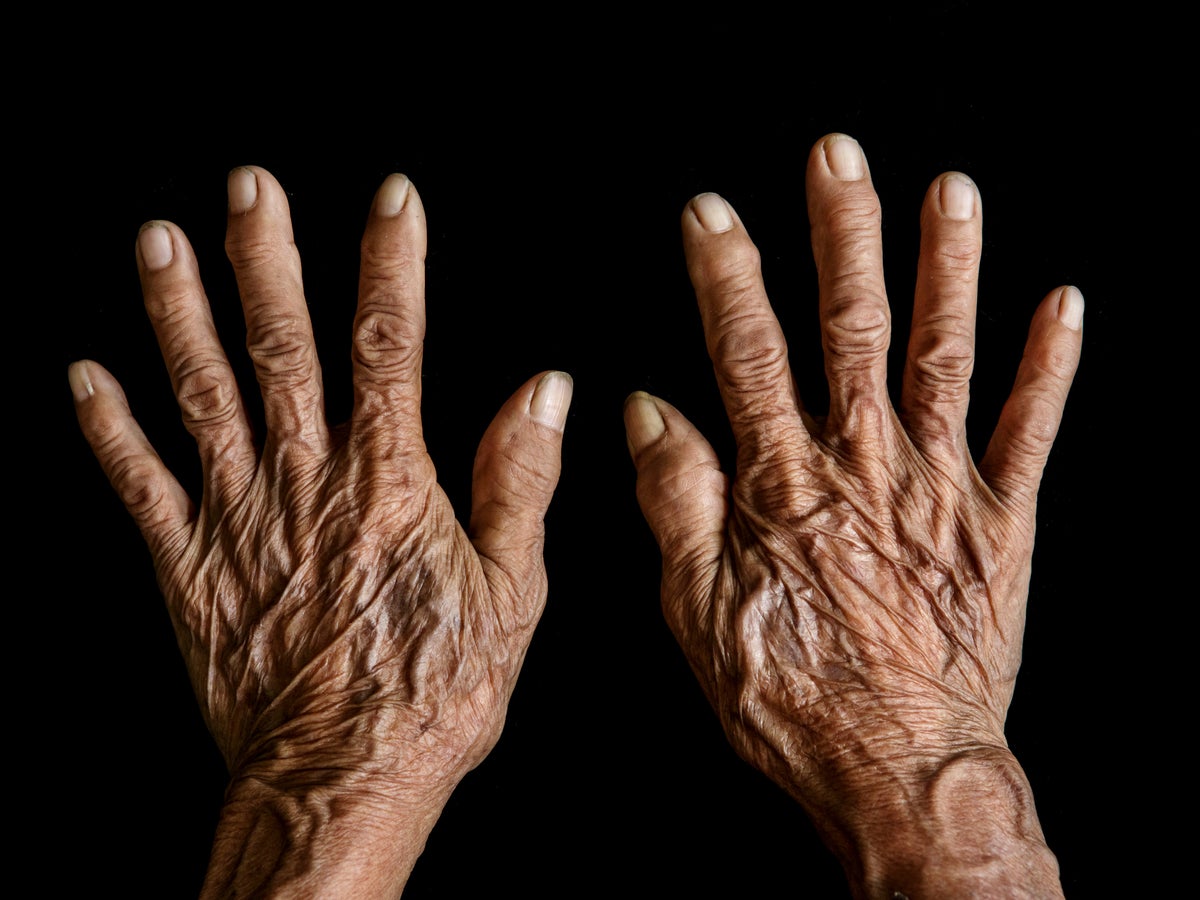
In 1990, the Human Genome Project, a multinational, collaborative effort involving government agencies, research institutes, corporations, and countless scientists, set out to determine the entire genetic makeup of a human cell, using a process called sequencing.
The project’s completion, some thirteen years and $3bn (£2.6bn) later, signaled not the end of research on DNA sequencing, but the beginning.
Recently, I spoke with notable Harvard University biologist and geneticist George Church on the FoundMyFitness podcast, and he shared some of the insights he and his colleagues have gleaned during the past three decades of sequencing research.
Mr Church described how the techniques pioneered and honed over the last few decades to read DNA now have given rise to a new phase of writing, including using suite of tools inclusive of the now-famous CRISPR-Cas9, “CRISPR” for short – a type of technology that “edits” genes, potentially with the goal of preventing, treating, or curing a disease.
Scientists are now embarking on even more ambitious gene-editing projects, focused on understanding and preventing many chronic diseases and ushering in a new era in which “synthetic biology” – a field of science focused on redesigning cells and even organisms by engineering them to have new capabilities. Synthetic biology offers the promise of a healthier future for not only humans, but other species, too, with applications in the worlds of ecology, conservation, agriculture, and likely others.
As each new milestone in gene editing is surpassed, entirely new paradigms of what may be possible emerge. One example of the mind-boggling applications that Mr Church and his colleagues hope to develop: producing human cells with perfect viral resistance.
While this seems an immense and radical undertaking, Mr Church thinks it may be achievable within the next decade, thanks to multiplexed gene editing – allowing hundreds of thousands of edits at once. Researchers in his laboratory have already made progress on this feat when they used CRISPR-based technologies to make E.coli, a type of bacteria, resistant to viruses, potentially setting the stage for preventing many other diseases.
“All viruses, as far as we know, depend on the host genetic code, the translation ribosomal machinery. If you can change that code enough without hurting the host, the virus can’t mutate,” Mr Church said.

Making cells resistant to viruses requires taking advantage of the fact that Mother Nature is notoriously redundant when it comes to the genetic code. This redundancy provides the cell multiple sets of instructions for making amino acids – the building blocks of proteins. Viruses exploit the protein-making machinery of cells to produce the proteins that are essential for their replication. Getting rid of or swapping some of the redundant instructions allows scientists to build a firewall against viral gene transfer, providing host resistance.
Of course, viral diseases aren’t the only afflictions from which humans suffer. Ageing and the accompanying diseases are increasingly thought to represent an evolved species-specific developmental program. It is one of the key drivers of disease and death in humans and is characterised by a host of observable hallmarks of dysfunction.
“We’re aiming for youthfulness, lack of age-related diseases, so you should be youthful at an age where you normally would be unhealthy, even if you’re not dying of any particular disease,” Mr Church said.
He and his colleagues are addressing some of these ageing hallmarks via the delivery of genetic instructions for making proteins that can travel in the blood to multiple tissues, ultimately slowing ageing in dogs. Although the proteins have already shown age reversal in mice, our canine friends make excellent models for studying their effects because dogs share so many of the same environmental exposures as humans – and because we care so much about them.
He hopes to initially release this new therapy as a veterinary product, and it may soon lead to clinical trials in humans.
The Human Genome Project and its legacy projects have opened the door to myriad possibilities in eradicating disease and promoting healthspan and longevity – undoubtedly some of the most radical, transformative scientific research of our time.
The interview with biologist and geneticist Dr. George Church on the FoundMyFitness podcast, episode 77, is available on YouTube, Apple Podcasts, or Spotify.







